Virgin Galactic taps Boeing subsidiary to build motherships
Thursday, 07 July 2022 07:24
Virgin Galactic announced Wednesday that it is partnering with a Boeing subsidiary to manufacture the next generation of the twin-fuselage aircraft used to carry aloft the space tourism company's rocket ship.
Aurora Flight Sciences will build two of the special carrier planes at its facilities in Mississippi and West Virginia. Final assembly still will take place at Virgin Galactic's facility in Mojave, California, with the first mothership produced under the contract expected to enter service in 2025.
Each of the aircraft will be designed to fly up to 200 launches per year.
Virgin Galactic officials said that outsourcing the work will provide access to labor, minimize supply chain disruptions and lead to faster production times. The company has repeatedly pushed back the timeline for launching paying customers, with commercial service now expected in 2023.
Virgin Galactic CEO Michael Colglazier said the next-generation motherships will be integral to scaling up the company's operations.
"They will be faster to produce, easier to maintain and will allow us to fly substantially more missions each year," he said in a statement. "Supported by the scale and strength of Boeing, Aurora is the ideal manufacturing partner for us.
NASA re-establishes contact with CAPSTONE spacecraft
Thursday, 07 July 2022 03:54 NASA has regained communications with its new lunar spacecraft, the space agency confirmed on Wednesday.
"Mission operators have re-established contact with NASA's Cislunar Autonomous Positioning System Technology Operations and Navigation Experiment (CAPSTONE) spacecraft," NASA said in a statement.
It did not immediately provide additional details or updates.
"We have re-
NASA has regained communications with its new lunar spacecraft, the space agency confirmed on Wednesday.
"Mission operators have re-established contact with NASA's Cislunar Autonomous Positioning System Technology Operations and Navigation Experiment (CAPSTONE) spacecraft," NASA said in a statement.
It did not immediately provide additional details or updates.
"We have re- Boeing subsidiary to build two new Virgin Galactic motherships
Thursday, 07 July 2022 03:54 Virgin Galactic confirmed Wednesday it is retaining Boeing subsidiary Aurora Flight Sciences to build two next generation motherships, the company announced on Wednesday.
The agreement calls for the first ship to enter service in 2025, the same year Virgin Galactic's first Delta-class spaceship is expected to begin revenue payload flights.
They represent the spaceflight company's
Virgin Galactic confirmed Wednesday it is retaining Boeing subsidiary Aurora Flight Sciences to build two next generation motherships, the company announced on Wednesday.
The agreement calls for the first ship to enter service in 2025, the same year Virgin Galactic's first Delta-class spaceship is expected to begin revenue payload flights.
They represent the spaceflight company's Elon Musk had twins with company exec last year: report
Thursday, 07 July 2022 03:54 Billionaire tech entrepreneur Elon Musk had twins last year with an executive at one of his companies, online outlet Insider reported Wednesday, citing Texas court documents.
The babies' mother, 36-year-old Canadian Shivon Zilis, is an executive at Neuralink, Musk's brain-implant maker, and has worked at multiple of his other companies, including OpenAI and electric car manufacturer Tesla, I
Billionaire tech entrepreneur Elon Musk had twins last year with an executive at one of his companies, online outlet Insider reported Wednesday, citing Texas court documents.
The babies' mother, 36-year-old Canadian Shivon Zilis, is an executive at Neuralink, Musk's brain-implant maker, and has worked at multiple of his other companies, including OpenAI and electric car manufacturer Tesla, I CAPSTONE communications restored
Wednesday, 06 July 2022 21:23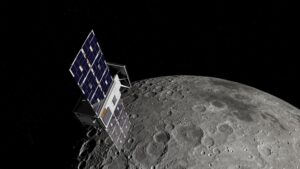
Spacecraft controllers have restored communications with a lunar cubesat that went silent shortly after its deployment earlier this week.
The post CAPSTONE communications restored appeared first on SpaceNews.
Satellite companies watching where DoD goes with 5G
Wednesday, 06 July 2022 21:02
Hughes VP Rick Lober says DoD could take advantage of low Earth orbit satellites to deliver 5G for mobile users
The post Satellite companies watching where DoD goes with 5G appeared first on SpaceNews.
Communications established with payload on stabilized PSLV upper stage
Wednesday, 06 July 2022 20:54
Indian startup Digantara said July 6 its space weather monitoring payload ROBI is operational onboard a spent upper stage of India’s Polar Satellite Launch Vehicle.
The post Communications established with payload on stabilized PSLV upper stage appeared first on SpaceNews.
Virgin Galactic selects Aurora Flight Sciences to build new motherships
Wednesday, 06 July 2022 19:05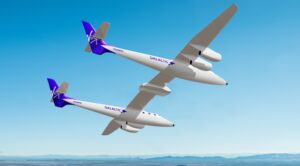
Virgin Galactic announced July 6 it signed an agreement with a Boeing subsidiary to build two new aircraft that will be used as launch platforms for its next-generation suborbital spaceplanes.
The post Virgin Galactic selects Aurora Flight Sciences to build new motherships appeared first on SpaceNews.
Contact restored with NASA spacecraft headed to lunar orbit
Wednesday, 06 July 2022 19:03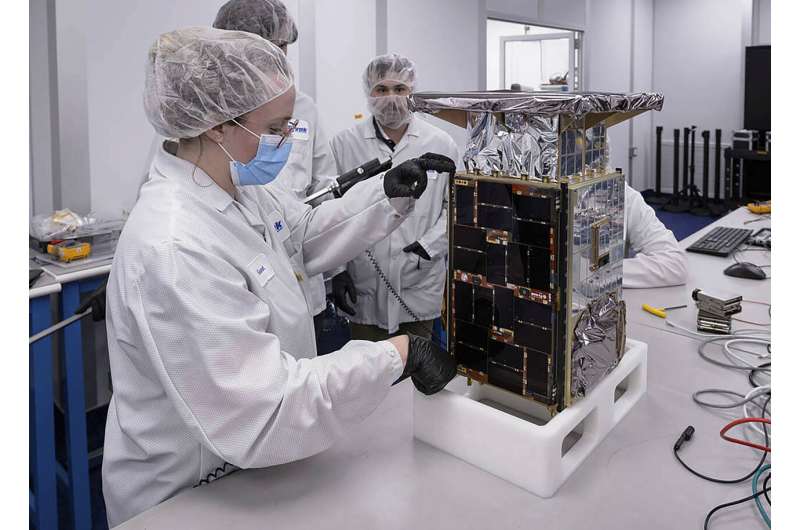
Testing the effect of multicolor lighting on improving people's psychological state
Wednesday, 06 July 2022 15:02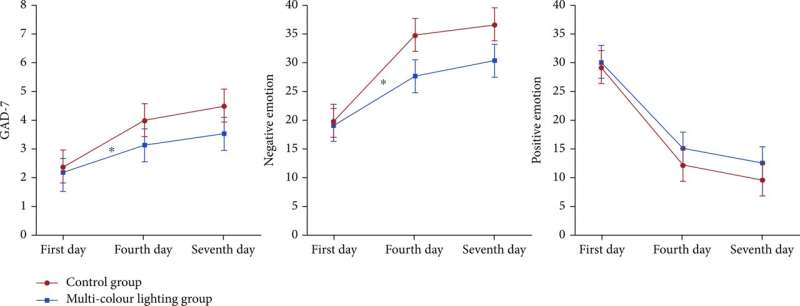
As missions for deep space exploration and space habitats are put on the agenda, astronauts need to withstand being tested by multiple stressors in confined and isolated conditions during such long flights, especially because in deep space exploration, problems such as signal delays make astronauts feel the anxiety of being far away from Earth and the psychological fear of deep space.
According to a series of experiments conducted recently on Earth and during current space missions aboard the International Space Station (ISS), NASA believes that monotony of vision, in particular, aggravates the crew's anxiety, irritability, and depression. Moreover, a large number of studies have also found that crew members on long-term missions on the Antarctic Space Simulation Station are extremely susceptible to psychological problems caused by visual monotony and monochromatic colors.
User Consultation Meeting on Harmony: watch the replay
Wednesday, 06 July 2022 12:00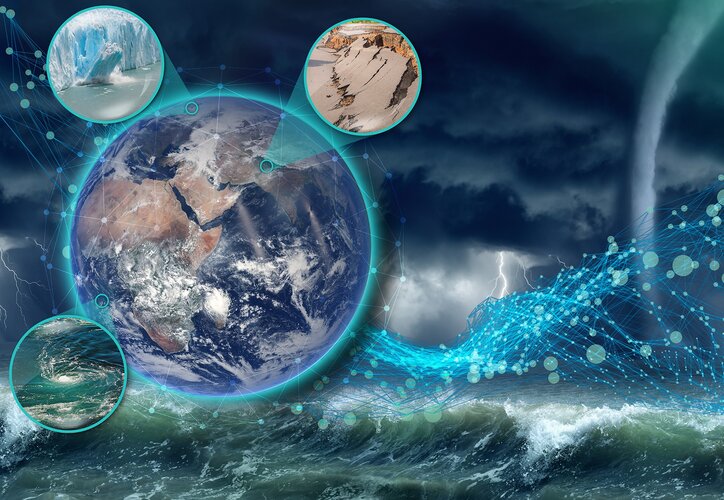
User Consultation Meeting on Harmony: watch the replay
Follow the discussions on Harmony – the candidate mission for ESA’s tenth Earth Explorer
City heat extremes
Wednesday, 06 July 2022 10:30
With air temperatures in excess of 10°C above the average for the time of year in parts of Europe, the United States and Asia, June 2022 has gone down as a record breaker. The fear is that these extreme early-season heatwaves are a taste of what could soon be the norm as climate change continues to take hold. For those in cities, the heat dissipates slower creating ‘urban heat islands’, which make everyday life even more of a struggle.
An instrument, carried on the International Space Station, has captured the recent land-surface temperature extremes for
New navigation missions for enhanced satnav and Earth mapping
Wednesday, 06 July 2022 10:22
ESA’s Navigation Directorate – already the design architect of the Galileo satellite navigation system, Europe’s largest satellite constellation – is reaching out to European industry as it plans the development and in-orbit validation of future ‘positioning, navigation and timing’ (PNT) missions into novel orbits.
L3Harris makes strategic investment in Mynaric
Wednesday, 06 July 2022 10:04
L3Harris is making a strategic investment in laser communications company Mynaric with plans to make increased use of that technology for space and other applications.
The post L3Harris makes strategic investment in Mynaric appeared first on SpaceNews.
Keeping the energy in the room
Wednesday, 06 July 2022 08:34 It may seem like technology advances year after year, as if by magic. But behind every incremental improvement and breakthrough revolution is a team of scientists and engineers hard at work.
UC Santa Barbara Professor Ben Mazin is developing precision optical sensors for telescopes and observatories. In a paper published in Physical Review Letters, he and his team improved the spectra reso
It may seem like technology advances year after year, as if by magic. But behind every incremental improvement and breakthrough revolution is a team of scientists and engineers hard at work.
UC Santa Barbara Professor Ben Mazin is developing precision optical sensors for telescopes and observatories. In a paper published in Physical Review Letters, he and his team improved the spectra reso 
